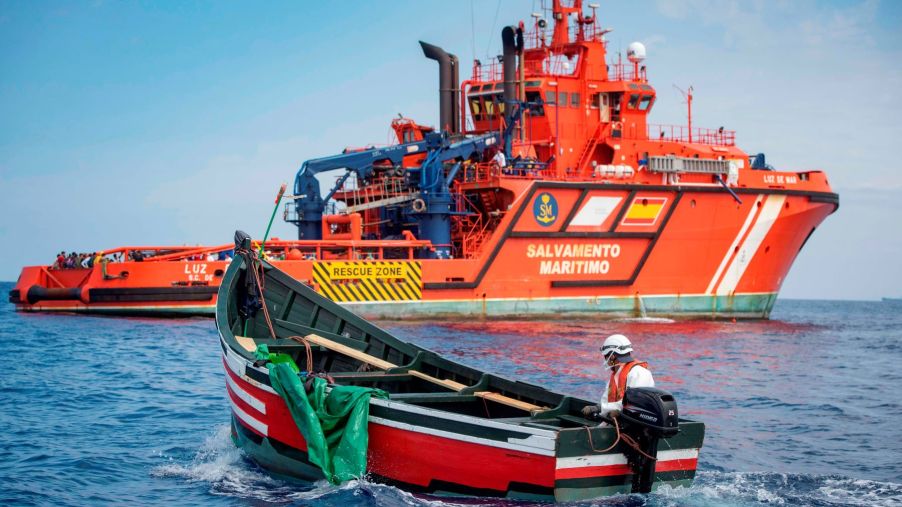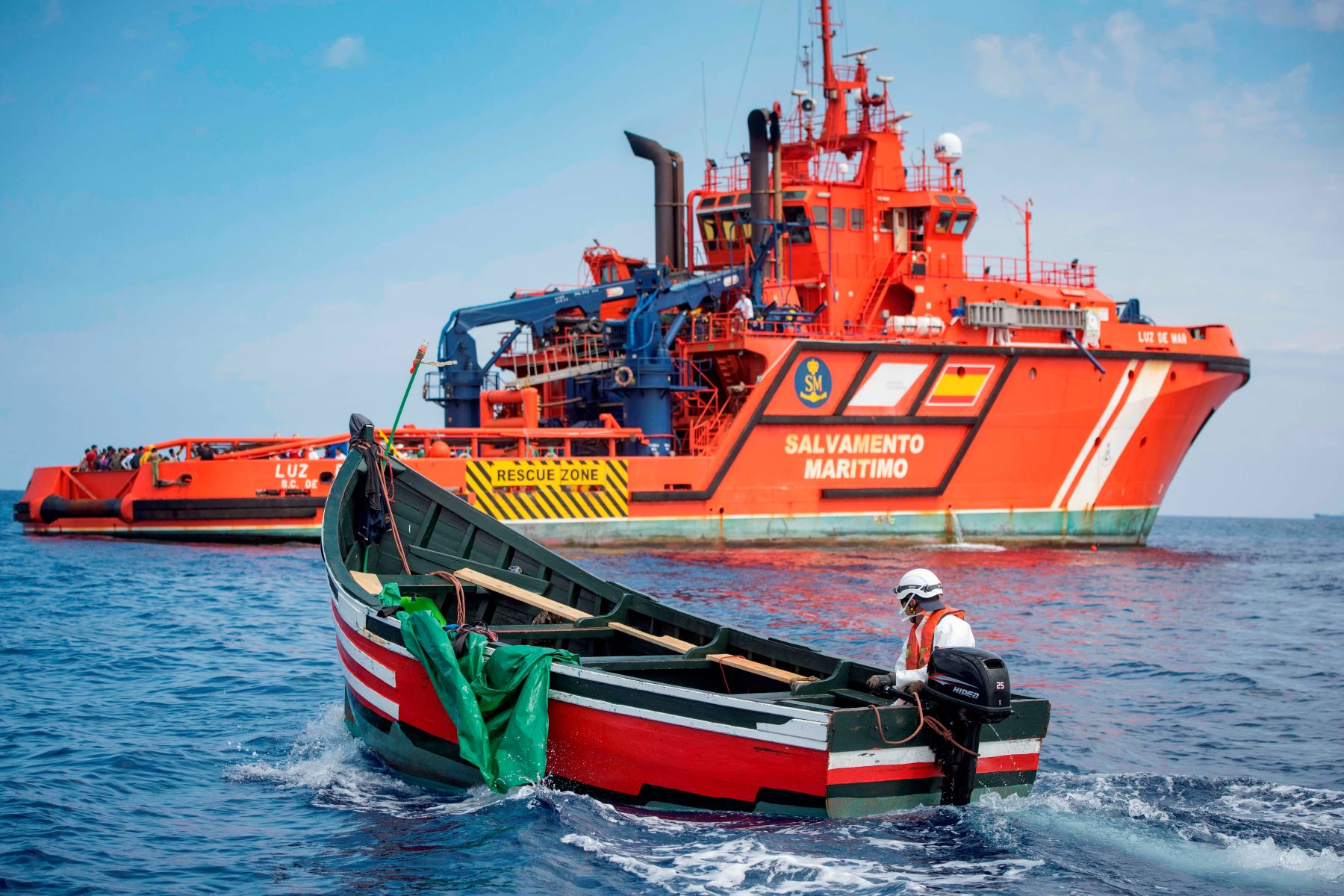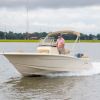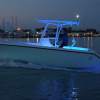
What You Should Do if Your Boat Is Overtaken
In the past two years, boating and RV life have gotten unexpected boosts in popularity. Drivers love hitting the open road (or waters, in boating’s case) with a reasonable distance between themselves and others. Boats are also relatively inexpensive, with many new models costing less than $30,000.
However, many inexperienced boaters don’t realize the standard rules for operating a boat. While bodies of water are far less crowded than roads, you’re bound to encounter another boat sooner or later. What kinds of boats have the right-of-way during passing situations?
Here’s what it means when your boat is overtaken

A vessel is overtaken when another boat comes from a direction over 22.5 degrees behind it. According to the Boat U.S. Foundation, the overtaken boat is known as the stand-on vessel. This boat must maintain its speed and course until the ship behind it has safely passed.
The boat behind the stand-on vessel is called the give-way vessel. It’s this vessel’s responsibility to stay entirely out of the path of the overtaken boat. If you are the overtaking boat, you must relay signals to the overtaken boat about your passing intentions.
Overtaken vessels have top priority on the “pecking order,” meaning that every other boat must stay out of their way. So, while motorboats are the lowest on the pecking order, they’re still the stand-on vessels if overtaken by a sailboat.
However, remember that sailboats are prioritized in the standard pecking order because they have less maneuverability than motorboats. Because of that, it’s vital for motorboat drivers to stay alert and practice evasive maneuvers when needed to help the sailboat.
What if your motorboat is being overtaken by another motorboat?
In any passing situation, Inland Rules state that the overtaking boat has to signal its intent. One short horn blast means the give-way vessel intends to pass on the starboard (or right) side. Two short horn blasts mean that the give-way ship is passing on the port (or left) side.
In reply, the overtaken boat should always signal its consent with an identical signal. If the stand-on vehicle doesn’t supply a corresponding signal, its motor might be too loud to hear your approach. Proceed with caution, and if you feel unsafe at any time or expect a collision, make five or more short horn blasts.
How to avoid collisions with other boats
In meeting situations (where the two boats face each other), it can be challenging to determine who has the right of way. To be cautious, both drivers should maneuver their vessels to the starboard side. In a crossing situation, the ship on the starboard side acts as the give-way vessel.
It’s also important to pay attention to a vessel’s lights in situations where visibility is limited. In overtaking situations, you’ll only see the stern white light of the ship in front of you. Seeing red and green lights simultaneously means that you’re facing another boat head-on. You should alter your course immediately if you see a red light crossing right-to-left.
Since the crossing and overtaking rules apply night or day, you should always pay attention to a vehicle’s lights. At all times, every boat should also have a lookout for seeing and hearing. Additionally, never make abrupt maneuvers or increase your speed in limited visibility. Allow the other boat plenty of time to do their maneuvers and rely on your senses alongside your boat’s radar.
Every boat is expected to maintain a safe speed at all times. Regardless of which boat has the right of way, both vessels should have safety-conscious captains to avoid collisions.


